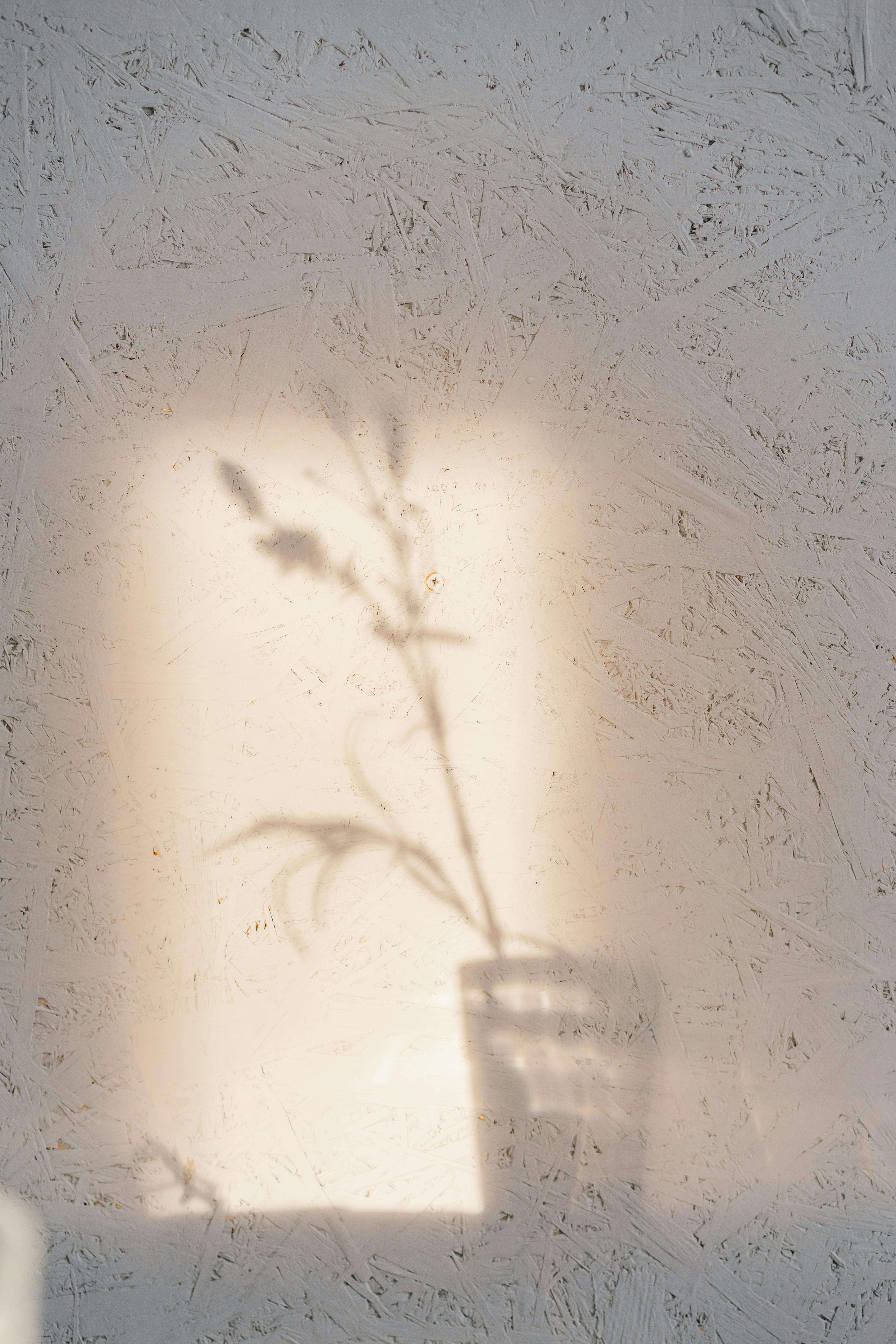Mindfulness Tips for Anxiety Relief and Daily Calm
In today’s fast-paced world, anxiety has become an all-too-common experience for millions of people. Mindfulness offers a scientifically-backed approach to managing stress and cultivating a sense of calm. In this article, you’ll explore powerful mindfulness tips for anxiety that are easy to implement and effective for long-term mental wellness.

Understanding the Fundamentals
Mindfulness is the practice of paying focused, nonjudgmental attention to the present moment. It originated from ancient Buddhist traditions and has since been widely embraced in modern psychology for its effectiveness in anxiety reduction.
Mastering mindfulness allows individuals to observe their thoughts without being overwhelmed by them. This awareness is key in managing anxiety, as it breaks the cycle of rumination and emotional reactivity.
1.1 Awareness Without Judgment
At its core, mindfulness involves observing your internal and external experiences without labeling them as good or bad. This principle is supported by research from Harvard Medical School showing that mindfulness reduces activity in the amygdala—the brain’s fear center.
For example, noticing your heart racing without spiraling into fear helps you regain control. Many people mistakenly think mindfulness means “clearing your mind,” when in reality, it means embracing what is with calm curiosity.
1.2 Anchoring to the Present
Unlike distraction techniques, mindfulness teaches you to stay grounded in the here and now. This can be achieved through breathing, body scans, or mindful walking. Unlike avoidance, anchoring helps you face your anxiety gently but directly.
In practical terms, this means noticing the texture of your coffee cup, the sounds in your environment, or the rhythm of your breath when anxiety strikes.
Practical Implementation Guide
Applying mindfulness tips for anxiety in daily life requires consistency and patience. While results vary, many individuals report noticeable improvements in mood, focus, and emotional regulation within just a few weeks.

2.1 Actionable Steps
- Start Small: Begin with 5 minutes of deep breathing each morning. Focus on each inhale and exhale.
- Use Mindfulness Apps: Tools like Insight Timer or Headspace offer guided meditations and trackers to help build habit strength.
- Set Reminders: Place sticky notes or digital reminders in your environment to cue mindful breathing or pauses during the day.
2.2 Overcoming Challenges
Common barriers include impatience, self-doubt, and difficulty sitting still. Solutions include starting with moving meditations like walking or yoga, and using supportive audio tracks. It’s normal to feel distracted—just gently return your attention.
Watch for warning signs like increased irritability or abandoning your routine. Expert tip: Don’t aim for “perfect” practice; instead, aim for “present” practice.
Advanced Applications
Once foundational mindfulness habits are established, more advanced techniques can deepen the benefits and further alleviate anxiety symptoms. These are ideal after at least 30 days of consistent daily practice.

3.1 Body-Mind Integration
Techniques like mindful movement (Tai Chi, Qigong) and progressive muscle relaxation combine physical awareness with mental focus. Case studies have shown reductions in generalized anxiety disorder symptoms using these methods within 8 weeks of practice.
3.2 Mindful Exposure
Instead of avoiding anxiety triggers, advanced mindfulness encourages safe, conscious exposure while observing your response without judgment. This can be integrated with Cognitive Behavioral Therapy (CBT) to treat social anxiety, phobias, and panic disorders.
Future Outlook
Emerging trends include digital mindfulness platforms with AI personalization, VR-guided meditations, and workplace-integrated programs. These tools are expected to increase in accessibility and effectiveness in the next 3–5 years.
To prepare, start cultivating a daily mindfulness habit now. As these technologies become mainstream, your foundational skills will enhance their benefits.
Conclusion
Three key takeaways: Mindfulness is a powerful tool for anxiety, it works best with consistency, and it can evolve with you over time. By practicing awareness and presence, you can create lasting calm and mental clarity.
Start today by setting a 5-minute timer and simply observing your breath. From there, explore deeper techniques to build resilience. Consider joining a community or course for added support.
Frequently Asked Questions
- Q: What is mindfulness in simple terms? Mindfulness is paying attention to the present moment without judgment. For example, noticing your breath or sensations without reacting emotionally.
- Q: How do I start practicing mindfulness? Begin with short daily practices like deep breathing or body scans. Use apps or journals to help track your journey.
- Q: How long does it take to see results? Most people notice reduced anxiety within 2–4 weeks of consistent practice. Factors like lifestyle and intensity affect timelines.
- Q: Does mindfulness cost money? Not necessarily. Many free resources are available online. Paid options like guided sessions or retreats can offer deeper support.
- Q: How is mindfulness different from meditation? Meditation is a formal practice, while mindfulness can be applied anytime, anywhere. Both complement each other.
- Q: Is mindfulness hard to learn? It’s simple but not always easy. Patience and daily practice help overcome the initial learning curve.
- Q: Can mindfulness help in my profession? Absolutely. From healthcare to education to business, mindfulness improves focus, empathy, and decision-making.